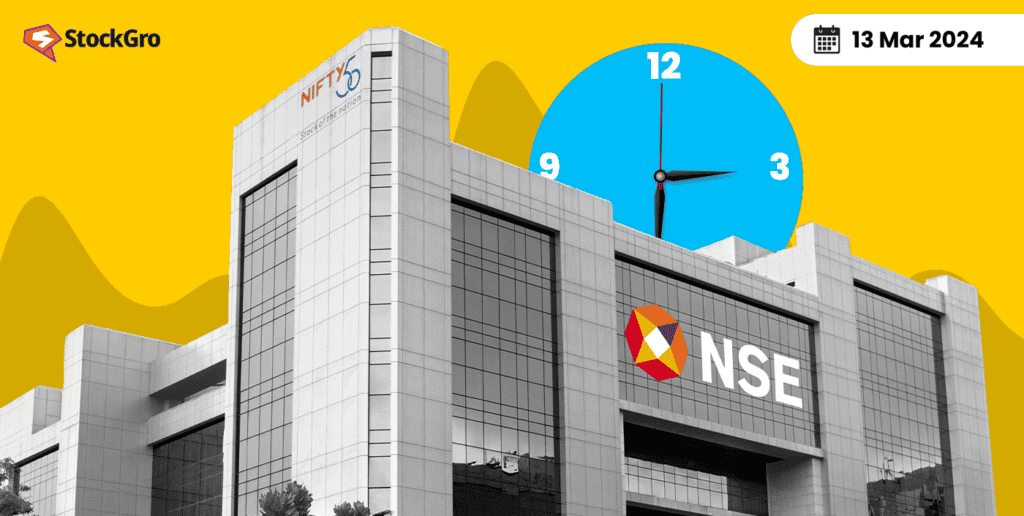
In recent weeks, the small-cap segment of the market has been under significant stress, with a staggering 82% of stocks in the small-cap index experiencing declines. Many factors have fueled this downturn, causing widespread unease among investors and market participants.
One of the primary drivers behind the current small-cap turmoil is the crackdown on rampant operator activity. The Enforcement Directorate’s raid on entities allegedly involved in manipulating stock prices has sent shockwaves through the market, prompting cautious behaviour among investors.
Additionally, SEBI’s advisory urging mutual funds to safeguard investor interests amidst concerns of overheating in small-cap and mid-cap schemes has further added to the already existing concerns in the market.
You may also like: Acko General Insurance: The firm’s thriving journey in the insurtech space
Echoes from the experts and analysing mutual fund flows
Fund managers have welcomed the recent market correction, emphasising the necessity of realigning valuations with fundamentals.
Investors should capitalise on the correction by shifting focus to large-cap stocks while accumulating quality small-cap names for the long term.
| 124 BSE Midcap Index stocks | |
| No of stocks | Percentage changes |
| 36 stocks | 0 – 10% |
| 6 stocks | 10 – 17% |
| 12 stocks | 10 – 16% |
| 69 stocks | 0 – 10% |
| 945 BSE Smallcap Index stocks | |
| No of stocks | Percentage changes |
| 46 stocks | 20% |
| 244 stocks | 10 – 20% |
| 486 stocks | 0 – 10% |
| 35 stocks | 10% |
Since February 19, the BSE MidCap index dropped by 2%, and the BSE SmallCap index experienced a loss of over 7%.
Mutual fund inflows are a barometer of investor sentiment, and the numbers reflect a notable trend. In 2024, mid-cap schemes received ₹ 3,869 crore, while small-cap schemes attracted ₹ 6,180 crore.
This surge in inflows follows a significant interest in these segments, with mid-cap funds attracting nearly ₹ 23,000 crore and small-cap funds seeing inflows of over ₹ 41,000 crore in 2023. Despite the recent downturn, investor interest in small and mid-cap segments remains robust.
Also Read: Mutual Fund investments surge: Record inflows in January 2024
Regulatory response and expert caution
Regulators are closely monitoring the situation, and steps are being taken to address overvaluation concerns in the small and mid-cap segments. The Association of Mutual Funds in India (AMFI) has announced plans to introduce a mandatory disclosure format for mutual funds, focusing on stress testing.
This move aims to evaluate how quickly mutual fund schemes can liquidate their portfolios during stress or redemption pressures, providing investors with insights into potential outcomes during stressful situations.
While small and mid-cap stocks offer growth potential, they also have inherent volatility. It is crucial to understand the potential risks associated with investing in these segments.
Investors must recognise the high-beta nature of small and mid-cap stocks and be prepared for market fluctuations.
Also Read: Differences between micro, small, and medium enterprises
Conclusion
Investors need to remain vigilant and informed as the small-cap segment navigates through turbulent waters. While the recent correction may present challenges, it also offers opportunities for strategic investment.
By understanding market dynamics, gaining expert advice, and staying abreast of regulatory developments, investors can navigate small-cap stress and position themselves for long-term success in the dynamic world of investing.

